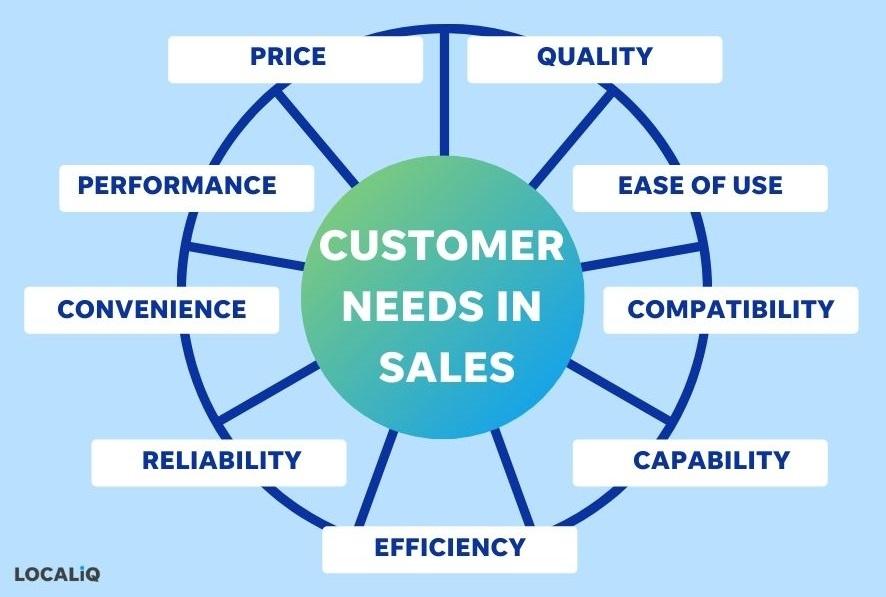In an era defined by rapid technological evolution, the Software as a Service (SaaS) landscape emerges as a vibrant tapestry woven with innovation, opportunity, and challenge. Businesses of all sizes are increasingly turning to SaaS solutions to enhance efficiency, streamline operations, and keep pace with ever-changing consumer demands. As we forge deeper into this dynamic market, understanding the key trends shaping its trajectory becomes essential for decision-makers and industry stakeholders alike. From the rise of artificial intelligence and automation to heightened security concerns and the growing call for sustainability, this article will explore the vital currents driving the SaaS ecosystem. Join us as we navigate the intricate terrain of SaaS, spotlighting the trends that not only define the present but also chart the course for the future.
Emerging Technologies Shaping the Future of SaaS
The evolution of Software as a Service (SaaS) is heavily influenced by emerging technologies that promise enhanced functionality, improved user experience, and automation of complex processes. Among these, artificial intelligence (AI) stands out as a transformative force. By integrating AI into SaaS products, companies can offer predictive analytics and personalized experiences, allowing businesses to make data-driven decisions with unprecedented speed. Additionally, machine learning algorithms can optimize performance by automating workflows and improving customer support through chatbots and virtual assistants.
Furthermore, the rise of the Internet of Things (IoT) is reshaping SaaS through better data integration and real-time analytics. As more devices become interconnected, SaaS platforms can harness this wealth of data to deliver insights that were previously inaccessible. The growing emphasis on cybersecurity measures, such as zero-trust architectures and advanced encryption technologies, is also essential. Companies are now focusing on building secure, scalable platforms to protect sensitive information while maintaining compliance with evolving regulations. This creates a dynamic landscape for businesses to innovate and adapt, ensuring they remain competitive in a rapidly changing environment.

Understanding Customer Needs in a Dynamic Marketplace
In a rapidly evolving SaaS marketplace, understanding customer needs is more important than ever. Customers are not only looking for functionality and performance but also for solutions that seamlessly integrate into their existing workflows and enhance productivity. Key factors driving customer decisions include:
- Customization: Solutions that can be tailored to individual business requirements are more appealing.
- User Experience: Intuitive interfaces and easy navigation can significantly affect customer satisfaction.
- Pricing Models: Flexible, transparent pricing that evolves with their needs helps build trust.
- Support Services: Excellent customer support and onboarding services can create loyal users.
Furthermore, a keen insight into market trends can further illuminate customer preferences. For instance, the emergence of remote work has intensified the demand for collaborative tools and cloud solutions, thus reshaping customer expectations. Companies are increasingly seeking solutions that provide:
- Scalability: The ability to grow alongside their business needs.
- Integration Capabilities: Solutions that work well with existing software can save time and reduce friction.
- Security Features: As data breaches become more common, security has become a top priority for decision-makers.
| Customer Need | Impact on Choice |
|---|---|
| Customization | Increases purchase likelihood |
| User Experience | Enhances satisfaction |
| Pricing Models | Encourages long-term commitment |
| Support Services | Improves retention rates |

Strategies for Sustainable Growth in Subscription Models
In the fast-evolving landscape of subscription services, implementing effective strategies for sustainable growth is paramount. Companies need to focus on enhancing customer retention through personalized experiences and fostering community engagement:
- Customer Onboarding: Invest in a seamless onboarding process to reduce churn rates and ensure users grasp the full value of your service.
- Product Adaptation: Continuously gather user feedback to refine and adapt your product offerings, ensuring they meet evolving customer needs.
- Community Building: Create forums or groups where users can connect, share experiences, and provide insights, enhancing their engagement with your brand.
Additionally, leveraging data analytics can provide invaluable insights into customer behavior, allowing for targeted marketing efforts and higher conversion rates. Employing a tiered subscription model can also serve to diversify revenue streams and cater to various customer segments:
| Tier Level | Price | Features |
|---|---|---|
| Basic | $10/month | Access to core features |
| Pro | $30/month | Advanced features, priority support |
| Enterprise | Custom pricing | All features, dedicated account manager |

Adapting to Regulatory Changes and Data Privacy Concerns
As the Software as a Service (SaaS) landscape continues to evolve, companies are increasingly confronted with a complex web of regulatory changes and rising data privacy concerns. The introduction of legislation such as the General Data Protection Regulation (GDPR) and the California Consumer Privacy Act (CCPA) has compelled SaaS providers to reassess their data handling practices. To remain compliant, organizations are prioritizing a comprehensive approach that includes regular audits of their data management systems, enhanced transparency with customers, and the implementation of stricter access controls. By embracing these regulations, businesses can not only mitigate potential legal risks but also build trust with their users.
Moreover, staying ahead of emerging privacy standards is crucial for maintaining a competitive edge. Many SaaS companies are now investing in privacy-by-design principles, integrating data protection features right from the product development stage. This proactive stance helps in minimizing vulnerabilities and safeguarding sensitive information. Some key strategies include:
- Regular training programs for employees to understand compliance requirements.
- Collaboration with legal experts to interpret new regulations.
- Utilizing advanced encryption and anonymization methods.
By adopting these measures, businesses can not only address compliance requirements but also position themselves as leaders in the market, ready to adapt to ongoing changes while fiercely protecting user data.
Insights and Conclusions
As we wrap up our exploration of the evolving SaaS landscape, it’s clear that the journey ahead is both exciting and complex. With key market trends shaping the way businesses operate and innovate, staying informed and adaptable has never been more crucial. From the rise of AI-driven solutions to the increasing emphasis on security and integration, the SaaS ecosystem is poised for transformation. As you navigate this dynamic terrain, remember that understanding these trends is not just about keeping pace—it’s about seizing opportunities that can propel your organization to new heights. So equip yourself with the insights shared here, and step boldly into the future of SaaS. Your next big breakthrough may be just around the corner.



